Malta • Maní • Nuez
Madera
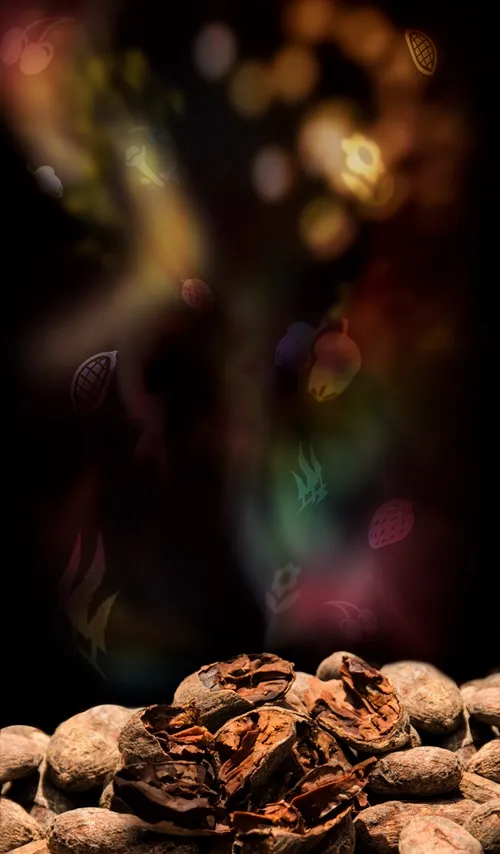
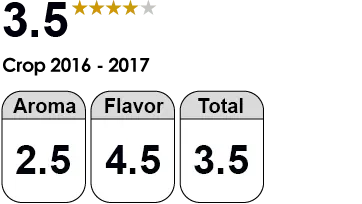
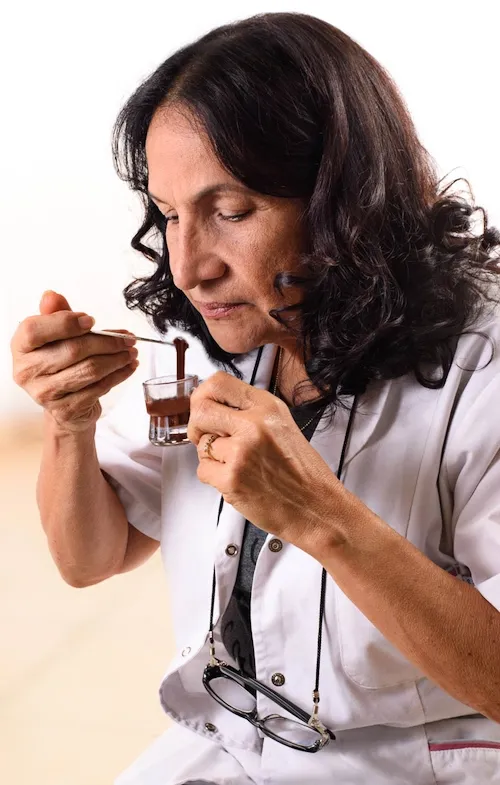
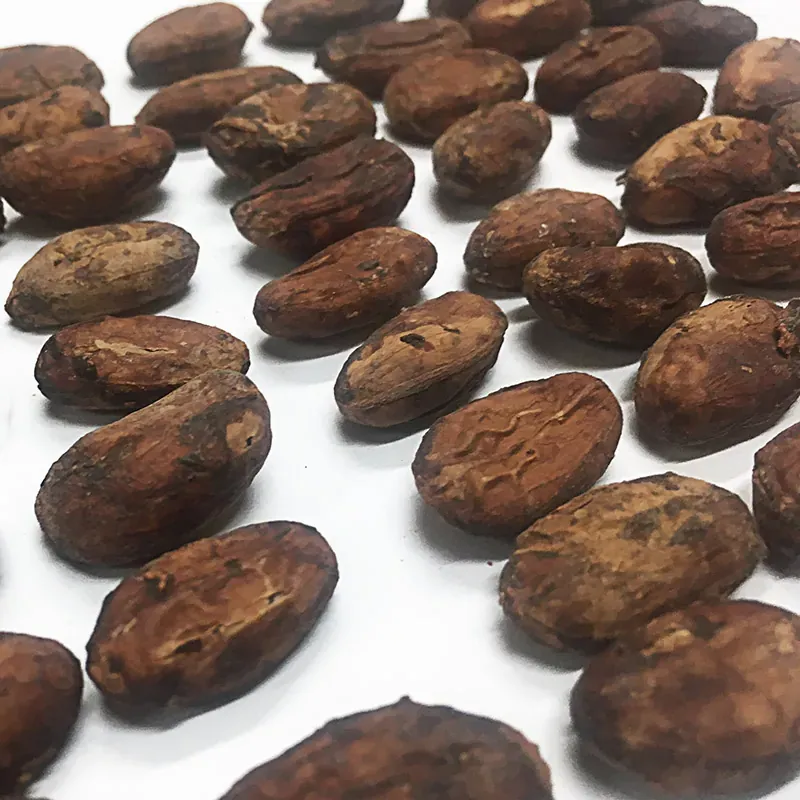
El cacao Gran Palo Blanco debido a su alta genética de ‘granos criollos’, produce hasta un 30% de granos blancos que le proporcionan su calidad y aroma.
La tonalidad que predomina en los granos es el color marrón brillante, y al cortarlo transversalmente podemos observar granos de color blanco marfil, marrones claros y oscuros.
Su análisis de corte posee granos fermentados (± 89%),con granos violetas (± 9%) y granos pizarrosos (±2%).
En relación a su peso generalmente los granos contienen 90 almendras sobre un peso de 100 gramos es decir que cada almendra pesa 1,11 gr.
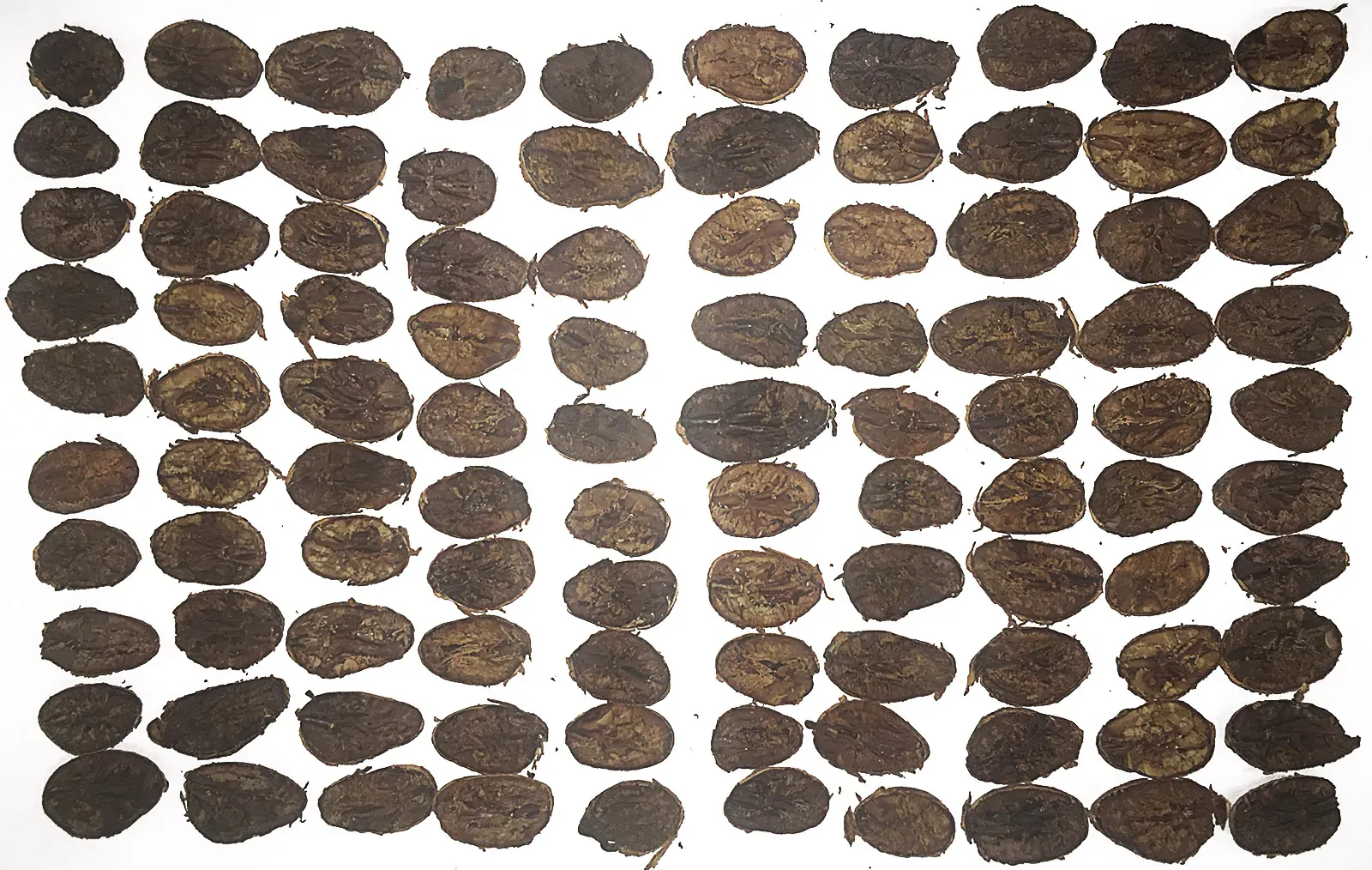
Afrutado de ciruelas, floral de infusiones herbales, nueces tostadas y panela malta, destacan en un fondo suave a cacao y de acidez de frutos cítricos. Son las notas que matizan el mapa de sabores de este cacao especial que crece bajo la sombra de frutales como la palta, el sapote y las musáceas; que recibe el riego superficial a través de acequias de la región piurana trasladando abundantes nutrientes que redondean su perfil sensorial.
«Gran Palo Blanco es el cacao especial y reconocido por sus delicados sabores, aromas y fragancias.»indicó la Ing. Ms Gladys Ramos.
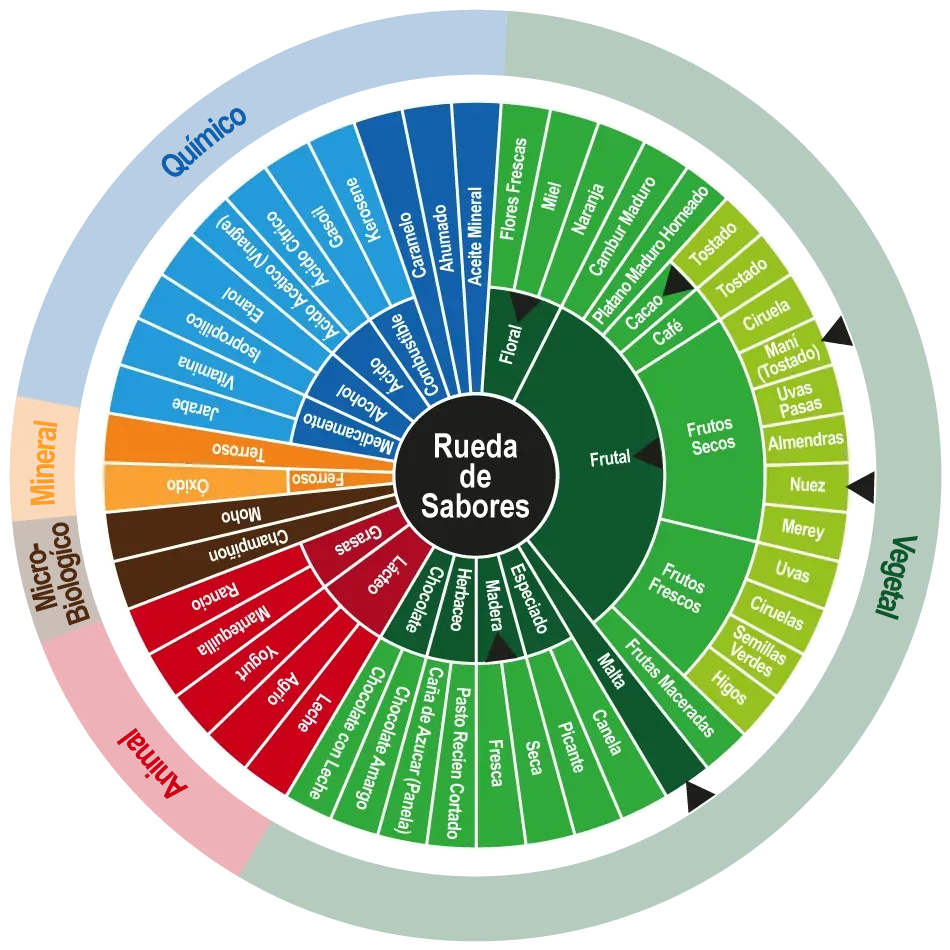
Gran Palo Blanco es el cacao especial y reconocido por sus delicados sabores, aromas y fragancias.
Estos granos son de color marrón brillante, de acidez dulce y afrutada que permanece, con toque de frutos secos como ciruelas, cuerpo redondeado mediano, con fuerte sabor a chocolate, presencia de notas de malta y nueces. Es un cacao de baja astringencia y amargor, de textura cremosa.
El aroma dulzón de la miel del algarrobo, la frescura y protección de los sapotes donde la diversidad de la flora y fauna silvestres, imprimen las notas sensoriales exquisitas del cacao típico del oasis de la región de Palo Blanco.
«Gran Palo Blanco es un cacao especial de cotiledones blancos de fermentación intermedia que con facilidad permite saborear el dulce de las nueces y la acidez de frutos variados.»precisó la Ing. Ms Gladys Ramos.
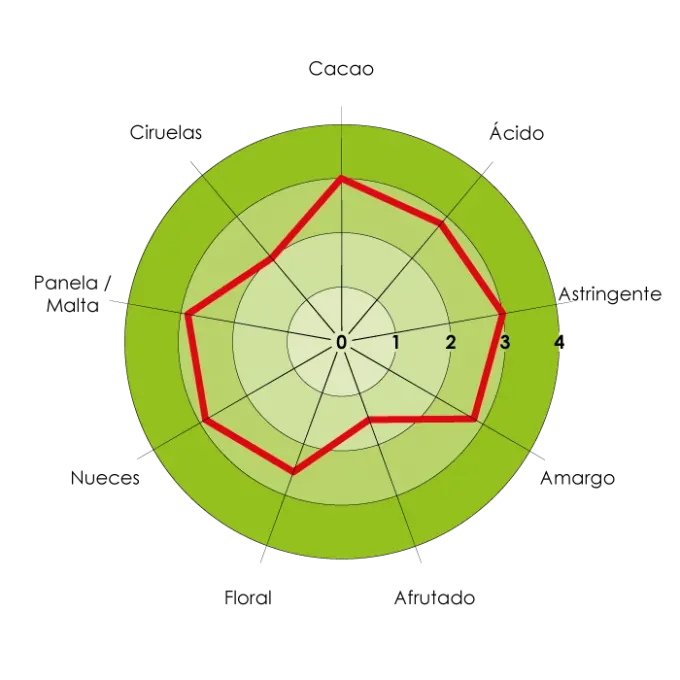
Gran Palo Blanco es un cacao muy especial. El proceso de post cosecha comienza en las chacras con la recolección de los frutos, se drena por 24 horas, de allí es trasladado al centro de acopio de la comunidad, en donde un especialista recibe el cacao, lo pesa, y traslada a los cajones de fermentación, cuidando rigurosamente el seguimiento del protocolo establecido de acuerdo a las características del cacao seleccionado.

Trinitario & Criollo
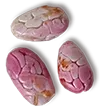
Trinitario & Criollo
5 a 6 días
Tipo de cajon: Madera
Frecuencia de volteos: cada 24 horas
Forma de Fermentación: se inicia colocando los granos en sacos de jute y una vez llevados al centro de acopio se distribuyen los granos en cajones de madera, cubiertos con hojas de plátano.

Trinitario & Criollo

Trinitario & Criollo
5 a 6 días
Tipo de piso: camas de madera y pisos de cemento
Humedad: 7%
Forma de Secado: Al Sol





Gran Palo Blanco cuenta con los Certificados Fairtrade Direct Trade y Orgánico EU.
En el año 2014 obtuvo el premio Cacao de Oro del Perú 2014.
La comunidad Cesar Vallejo de Palo Blanco está ubicada al occidente de Piura, hora y media en vehículo 4 x 4, allí sembró sus primeros árboles de cacao hace unos 30 años Don Juan de la Cruz Rivera Olemar.
Don Juan de la Cruz, fue uno de los primeros sembradores de cacao en Palo Blanco, donde ahora se produce uno de los mejores cacaos del Perú y nunca imaginó, que aquellos primeros frutos le harían merecedor del Galardón más prestigioso que se entrega en el gremio cacaotero y que enaltece a los mejores cacaos de la Nación Peruana.
Hoy en día la comunidad está organizada bajo el nombre: Asociación de Productores Cesar Vallejo de Palo Blanco, poseen un moderno Centro de Acopio y son parte de Norandino. Don Juan promovió la organización de la comunidad para sembrar más y mejor cacao, bajo estrictos controles de calidad y con protocolos de fermentación adaptados de los cacaos de la zona.

La mayoría de las chacras de la comunidad, poseen menos de una hectárea de extensión, y el riego se hace por gravedad con agua que baja de las montañas circundantes. Palo Blanco es como un oasis, en donde debajo de las sombras de los mangos kent, plátanos y Naranjos crece un cacao excepcional.
El acopio y el tratamiento post cosecha está estandarizado y se sigue a carta cabal. En las chacras se recoge el cacao, se coloca en sacos de jute y se deja drenar por 24 horas, luego es trasladado al centro de acopio. Los granos son pesados y vertidos en grandes cajones de madera donde se fermentan durante seis días.
Luego de la fermentación, el cacao se extiende sobre camas de madera o pisos de cemento pulido, para un secado de 5 a 6 días. Dos horas en pleno sol y el resto del día bajo sombra. Al tercer día de secado, el cacao es expuesto al sol toda la jornada. Los tiempos de exposición son rigurosos y cuidados. En este punto la humedad se evapora y la semilla alcanza un estado óptimo.

País: Perú
Provincia: Morropon
Distrito: Chulucanas
Superficie: 145 km2
Altitud promedio: 194 m.s.n.m.
Coordenadas GPS: N/A
Habitantes: 2.700
La fauna y flora de Palo Blanco es variada y el cacao crece bajo la sombra de mangos naranjos y plátano, en los oasis que se forman al pie los bosques secos de la región.
Se pueden observar especies de algarrobos y zapotes. En general, son los bosques secos de algarrobo, guayacán y hualtacos los predominantes en esta área del Alto Piura.
En las cuencas de los ríos hay bosques nubosos, árboles de epifitas y quinuales, habitados en su mayoría por varias especies de aves, reptiles y por algunos mamíferos, como venados y osos.
En los Bosques secos las plantas han debido aprender a vivir de la oportunidad, grandes ceibos de corteza verde como las esmeraldas, aquellos que dominan el bosque como vigías de la espesura y que almacenan agua en sus gruesos troncos para sobrevivir a lo largo de los interminables períodos de sequía.
La fauna silvestre presente en la zona es típica de los Bosques Secos del Noroeste del Perú, encontrando especies endémicas y en estado de amenaza, tales como, loro cabeza roja, periquito, el oso hormiguero tamandúa, la ardilla de nuca blanca, las iguanas y el venado de cola blanca.
Gracias al esfuerzo de la asociación campesina, 200 hectáreas de la comunidad fueron declaradas, en el 2016, Área de Conservación Privada, asegurando así, el disfrute y el manejo correcto de los recursos de flora y fauna del Bosque Seco de la Zona.
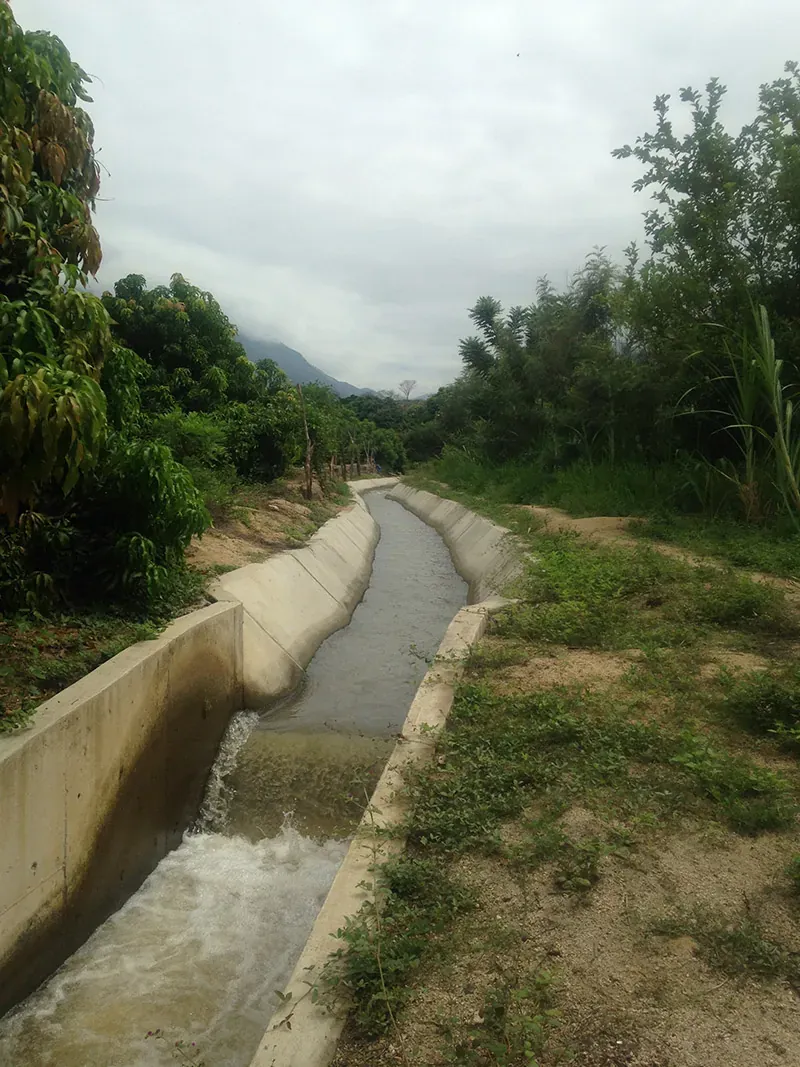
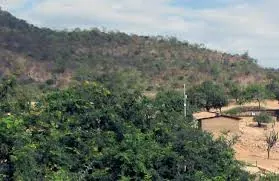
Los bosques secos se comparan a vitrinas naturales donde las criaturas han debido adaptarse a condiciones propias del desierto, pero alteradas sutilmente por una breve estación de lluvias que hace su aparición durante el verano. Aquí las plantas han debido aprender a vivir de la oportunidad.
Destacan Grandes, majestuosos algarrobos árboles milagrosos que se ofrecen para casi todo lo que la imaginación pueda vislumbrar: sus frutos, alimento para el hombre y sus animales; su madera, para la construcción, y su generosa sombra, para guarecerse del sol inclemente del desierto, sobresales las plantaciones de mangos, limones, bananos y platanos.
El bosque seco es también el refugio de singulares especies animales, algunas raras y esquivas, como la pava aliblanca y otras frecuentes, pero no por ello menos atractivas, como el oso hormiguero tamandúa, la ardilla de nuca blanca, las iguanas y el venado de cola blanca.
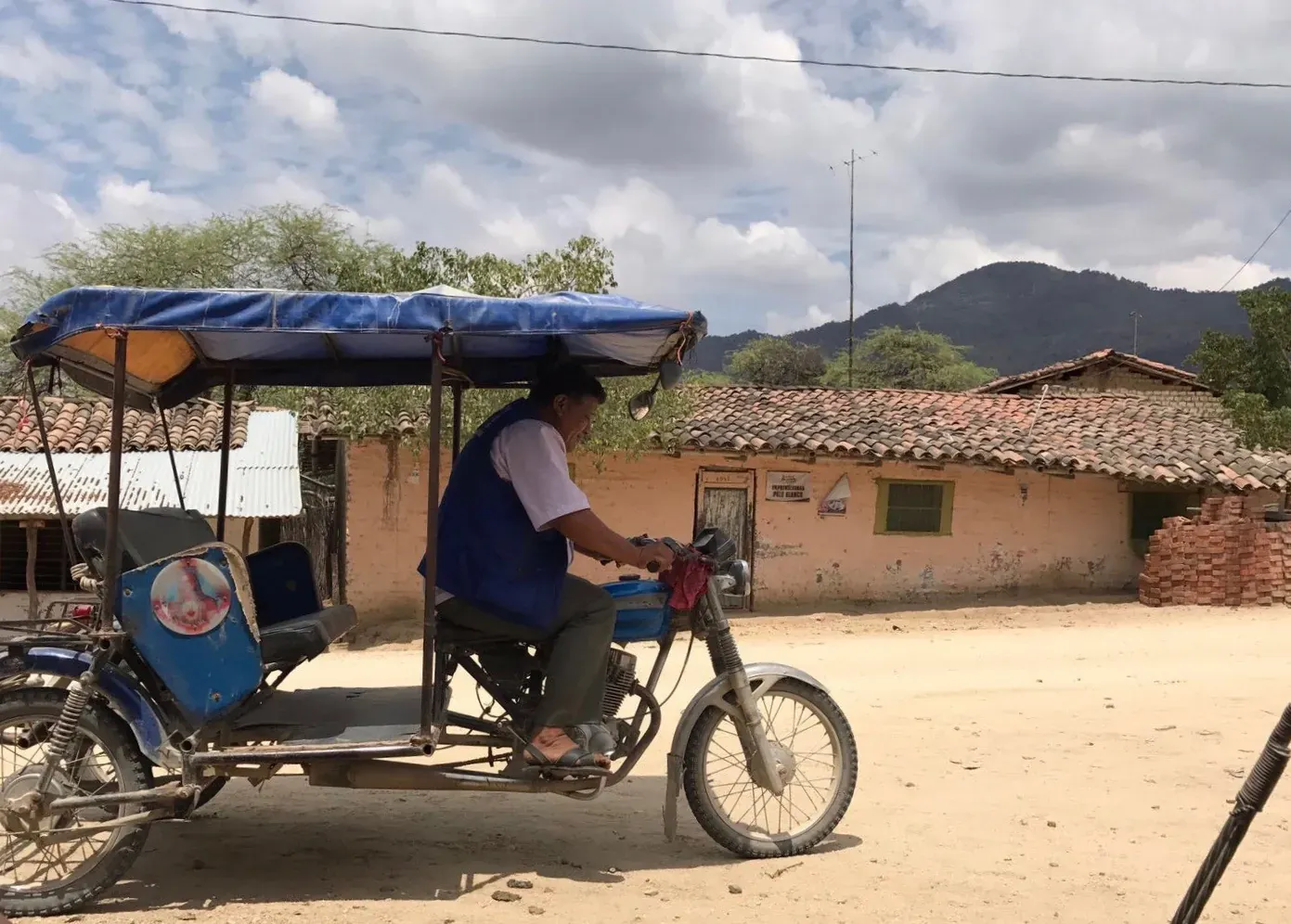
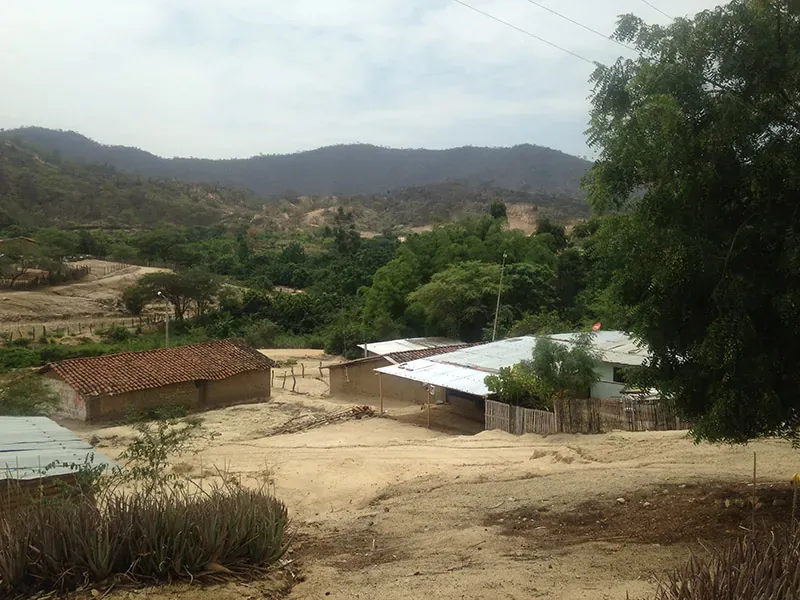
Luis Paucar lo resume así: un día, a mediados del 2007, llegó un importador extranjero a Chulucanas para ver la producción de mango y se encontró, para su sorpresa, con plantaciones de cacao a más de mil kilómetros al norte de Lima.
Este importador se enteró que en esa zona, llamada Palo Blanco, había pequeñas plantaciones que se extendían también a lugares como Chililique Alto, San Juan de Bigote, Platanal Bajo y Charanal. Fue así como pidió a sus ingenieros, averiguar el potencial cacaotero de Piura porque quería conocer la calidad de esas semillas, y quizás comprarlas.
Como los campesinos no tenían dinero, el Centro de Investigación y Promoción del Campesinado, Cipca, financió un estudio a Norandino, que visitó a cada sector y organizó a los productores.
Cuando visitaron Don Juan de la Cruz Rivera, ya tenía 185 plantas madres de cacao. Él comercializaba sus frutos en Chulucanas sin saber que de ahí salía para Ecuador y de ahí para Estados Unidos, donde se vendía come excelso cacao ecuatoriano.
El importador extranjero, advertido ya de las cualidades de los frutos, encargó sus pedidos a los pequeños productores de Palo Blanco, que la aseguraban una calidad superior.
Cuenta Juan de la Cruz: «Entré a la organización y nos constituimos en asociación. Entonces empecé a poner mucho, mucho, mucho empeño y esfuerzo», en la finca que lleva el nombre de su madre «Nicolasa». La primera exportación que hicieron en conjunto fue de siete toneladas y se fue a Alemania, como la cosa más dulce, la mejor noticia.
Rivera fue el responsable de que se empezara a hablar del Theobroma Cacao en esta parte del país.

